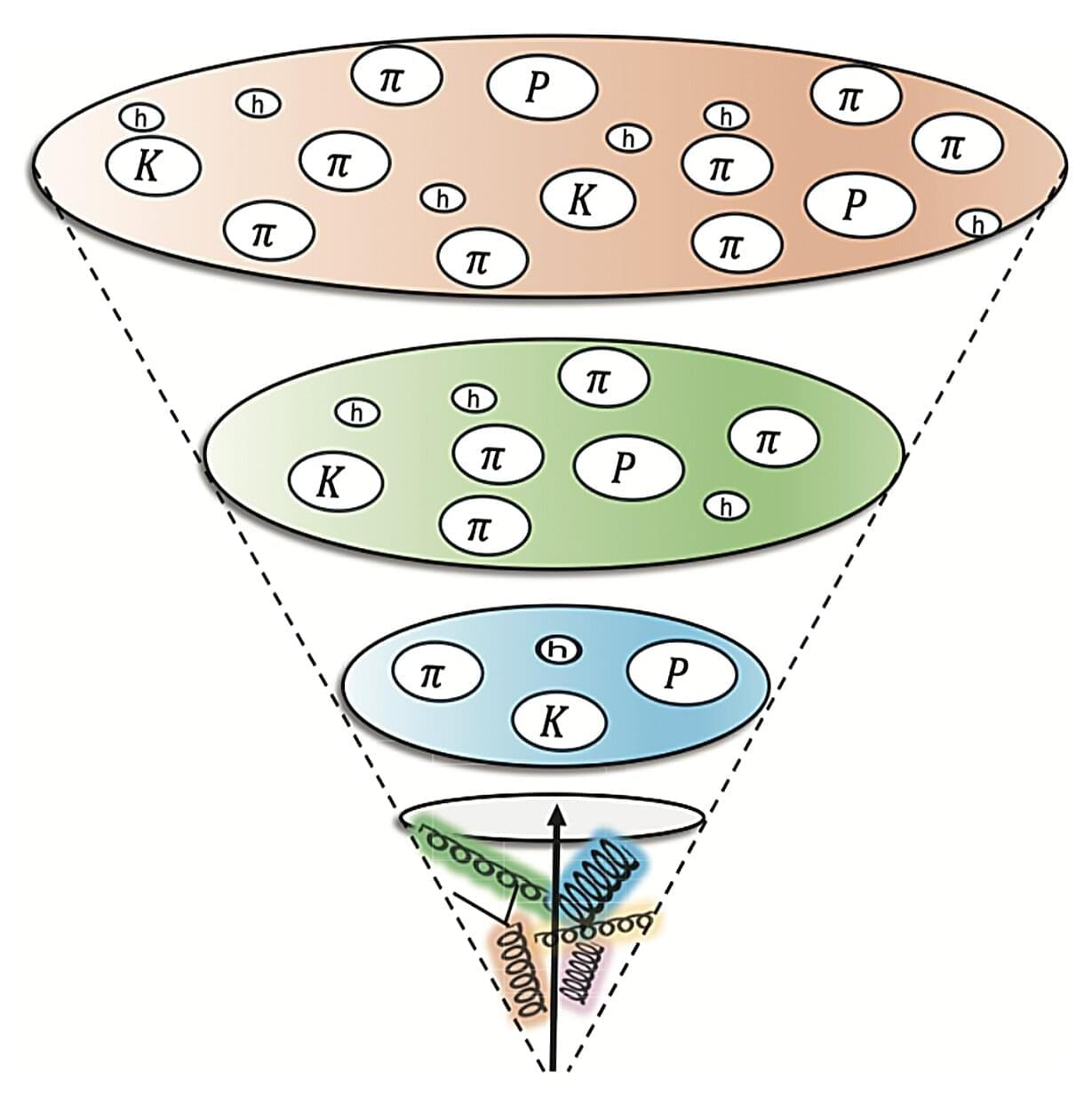Recent physics studies have discovered that quarks and gluons inside protons, which are subatomic positively charged particles, exhibit maximal quantum entanglement at high energies. Entanglement is a physical phenomenon that entails correlations between distant particles that cannot be explained by classical physics theories, resulting in the state of one particle influencing that of another.
Researchers at Stony Brook University and the Brookhaven National Laboratory recently set out to better understand what this recent finding could mean for hadronization, the process by which quarks and gluons form hadrons, which are particles that can be detected experimentally. Their paper, published in Physical Review Letters, introduces a new approach to probe and study hadronization by leveraging quantum entanglement.
“Our study originated from the intriguing observation that the internal structure of protons at high energies exhibits maximal quantum entanglement,” Charles Joseph Naim, corresponding author for the paper, told Phys.org.
